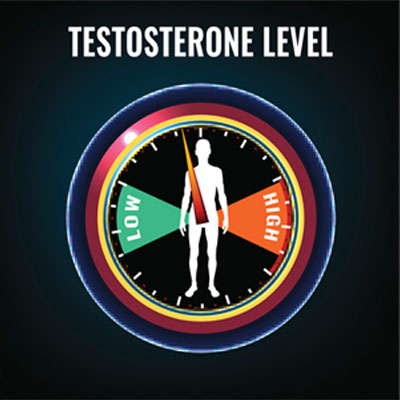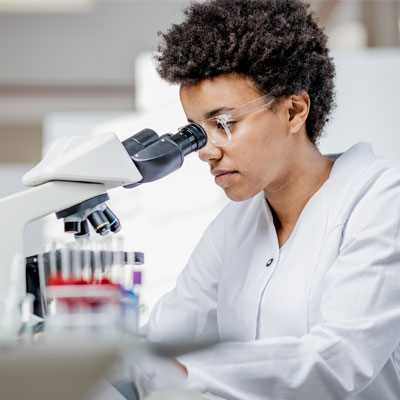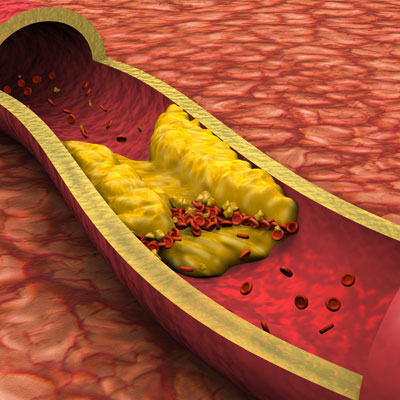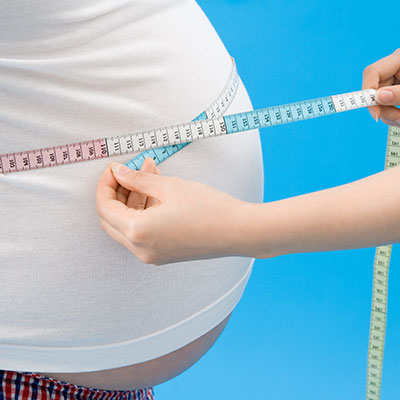Understanding Testosterone Levels: Testosterone Levels By Age
Contents
- Testosterone Levels By Age
- Your Testosterone Levels Can be Too High or Too Low
- How Common Is Low Testosterone in Men and Women?
- Causes of Low Testosterone Levels
- How Are Low Testosterone Levels Diagnosed?
- Understanding Testosterone Level Tests
- Will I Also Need a Physical Examination?
- Testosterone Replacement Therapy

The amount of testosterone your body makes varies as you age, in both men and women.
Testosterone Levels By Age
Testosterone levels are measured in nanograms per deciliter (ng/dl). What is considered a normal testosterone level varies by age and sex. Since doctors know that testosterone levels can vary from person to person, and still be normal, normal levels are presented as a range. The following charts indicate the normal testosterone levels for men and woman at different stages of life.
Infants and children
| Age | Male (in ng/dl) | Female (in ng/dl) |
| 0 to 5 months | 75-400 | 20-80 |
| 6 months to 9 years | Less than 7-20 | Less than 7-20 |
| 10 to 11 years | Less than 7-130 | Less than 7-44 |
Adolescents
| Age | Male (in ng/dl) | Female (in ng/dl) |
| 12 to 13 years | Less than 7-800 | Less than 7-75 |
| 14 years | Less than 7-1,200 | Less than 7-75 |
| 15 to 16 years | 100-1,200 | Less than 7-75 |
Adults
| Age | Male (in ng/dl) | Female (in ng/dl) |
| 17 to 18 years | 300-1,200 | 20-75 |
| 19 years and older | 240-950 | 8-60 |
Average Female Total Testosterone
| Age | Average Female Total Testosterone ng/dL |
| 6 Months – 9 Years | 7-20 |
| 10-11 | 7-44 |
| 12-16 | <75 |
| 17-18 | 20-75 |
| 19+ | 8-60 |
Average Male Total Testosterone
| Age | Average Male Total Testosterone ng/dL |
| 6 Months – 9 Years | 7-20 |
| 10-11 | 7-130 |
| 12-13 | 7-800 |
| 14 | 7-1,200 |
| 15-16 | 100-1,200 |
| 17-18 | 300-1,200 |
| 19+ | 240-950 |
| 40-49 | 252-916 |
| 50-59 | 215-878 |
Your Testosterone Levels Can be Too High or Too Low
Having low testosterone levels is far more common than having high testosterone levels. However, both can be a problem.High testosterone levels are quite rare in adult males. Children with high testosterone levels may have a growth spurt or start puberty early. High testosterone in both sexes can cause infertility. Higher then normal testosterone is almost always linked to some kind of genetic problem or disease condition.
Trusted sourcePolycystic ovary syndromeOffice on Women`s HealthGo to sourcePolycystic ovary syndrome (PCOS) can cause high testosterone in women. It occurs when the ovaries produce too much testosterone.
Symptoms of PCOS include:
- Irregular or no periods
- Oily skin
- Acne
- Increased hair growth on the face, back, or chest
It is not clear what causes PCOS, but researchers think it is a combination of genes and environment.
In either sex, the other usual cause for high testosterone is the abuse of steroids. Male and female bodybuilders have been known to take steroids to increase muscle mass. However, if you take too many steroids, it can raise the levels of testosterone in your blood. In males, this excess of testosterone can lead to a decrease in the amount of sperm that the body makes, which may lead to infertility or loss of sex drive.
For females, steroids can cause a deeper voice, male pattern baldness, irregular periods, and may also lead to infertility.
Far more common than high testosterone levels, is low testosterone levels. Testosterone levels decrease naturally with age in both sexes. According to guidelines from the Endocrine Society, healthy ranges of testosterone in men can vary widely, but low testosterone accompanied by symptoms most likely appears when your blood testosterone level is below 250 nanograms per deciliter (ng/dL). For adult women, testosterone levels are considered low below 10 nanograms per deciliter (ng/dL)
How Common Is Low Testosterone in Men and Women?
It has been estimated that 1 in 4 men over the age of 30 have low testosterone. Low testosterone in men is defined as 300ng/dL (nanograms per deciliter) or less of total testosterone. Based on Trusted source1 in 4 Men Over 30 Has Low TestosteroneABC NewsGo to sourcethe most recent studies , researchers predict that by 2025 there may be as many as 6.5 million American men between 30 and 79 years of age with low testosterone, an increase of nearly 40% from the year 2000 population estimates.
Though far less common then in men, women can also suffer the effects of low testosterone. In women under fifty, 25 ng/dL or below is considered low. For women older than 50, testosterone levels lower than 20 ng/dL are considered low.
Testosterone levels can be too high or too low – but low testosterone is far more common
Causes of Low Testosterone Levels
Low testosterone, a condition also known as “hypogonadism,” is defined as a condition in which the testes — the male reproductive organs — do not produce enough testosterone.
There can be several causes of low testosterone in men. Any medical condition that affects the testes, can be a root cause of low testosterone.
These can include:
- Injury (trauma, interrupted blood supply to the testes) or infection of the testes (orchitis)
- Chemotherapy for cancer
- Klinefelter’s syndrome: A condition in which a man is born with three sex chromosomes: X, X, and Y.
- Metabolic disorders such as hemochromatosis (too much iron in the body)
- Dysfunction or tumors of the pituitary gland
- Acute (short-term) or chronic (long-term) illness
- Cirrhosis of the liver
- Chronic renal (kidney) failure
- HIV/AIDS
Other causes of low testosterone include:
- Obesity – High body fat can affect hormone production and response.
- Certain Medications – Opioid pain meds and steroids can affect function of the pituitary gland and hypothalamus.
- Concurrent, or comorbid conditions – Severe emotional stress, sleeplessness, or physical stress from an illness or surgery can cause the testes to produce less testosterone temporarily.
- Alcohol abuse
However, the most common cause of low testosterone, particularly in men between the ages of 35 and 65, is the drop in testosterone that occurs as men age. Your testosterone level peaks around the age of 20. After that, testosterone levels steadily decline. Once you are over 30, you can expect your testosterone level to drop by a rate of about 1% to 2% per year. By the time a man is in his 70s, his testosterone level could be as little as half as much of what it was in his 20s.
Women also experience age-related testosterone decline. However, rather than the drop being gradual over time as it is in men, women experience a sudden and severe drop in testosterone levels as they approach and enter menopause.
How Are Low Testosterone Levels Diagnosed?
If you are a man or women over 40, and you are experiencing some or all of the signs mentioned above, there is a good chance that your testosterone levels are low. However, the only way to see if you truly have low testosterone is to have your testosterone levels tested.
Understanding Testosterone Level Tests
A blood test is used to determine your testosterone levels. Testosterone is found in your blood in two ways, as “bound” testosterone and “free” testosterone. Bound testosterone is testosterone that is attached to proteins in the blood, free testosterone is not attached to any proteins. Usually doctors will test for your total testosterone as a screening test. This measures both free and attached testosterone. To diagnose certain conditions, doctors sometimes look only at free testosterone levels.
Will I Also Need a Physical Examination?
To provide you with a proper diagnosis of low testosterone, in addition to bloodwork, your doctor will take a complete medical history, and do a full physical examination. When all of that is done, and after evaluation of your symptoms, your doctor may recommend a course of testosterone replacement therapy.
Testosterone Replacement Therapy
Testosterone replacement therapy is a way to bring your testosterone levels back into proper balance. The idea of testosterone replacement therapy is not to jack a 60 year old’s testosterone level to that of a 20 year olds, but to bring you to a level of optimal performance for you age and lifestyle.
Testosterone replacement therapy can be given as topical gels, dermal patches, or sub-dermal pellets. However, our doctors have found that testosterone injections are the safest and most effective form of testosterone replacement therapy.
Testosterone therapy is given over the course of several months. You will probably start with a six-month regimen of weekly injections. After the first few weeks, you can expect to see improvements week by week over the course of your therapy. The first improvement most patients notice on testosterone replacement is increased sex drive and improved sexual function.
Depending on your symptoms, your testosterone replacement therapy may be combined with other hormone replacement, such as growth hormone therapy.
Now that you know a little more about testosterone levels and low testosterone, why not contact us today, and get started on a path to improved health!
- John E Morley, MD, H. Michael Perry, Fran E Kaiser, MD, Dale Kraenzle, Judy Jensen, Kathy Houston, Dr. M B Mattammal
- Alexia Severson, Medically reviewed by Daniel Murrell, M.D.
- Charles Patrick Davis, MD, PhD Medical Editor: Steven Doerr, MD
- Todd B. Nippoldt, M.D.
- Katharina Nimptsch, Elizabeth A. Platz, Walter C. Willett, and Edward Giovannucci
Effects of Testosterone Replacement Therapy in Old Hypogonadal Males: A Preliminary Study
High and Low Testosterone Levels in Men
Is there any safe way to naturally boost a man’s testosterone level?
Association between plasma 25-OH vitamin D and testosterone levels in men







